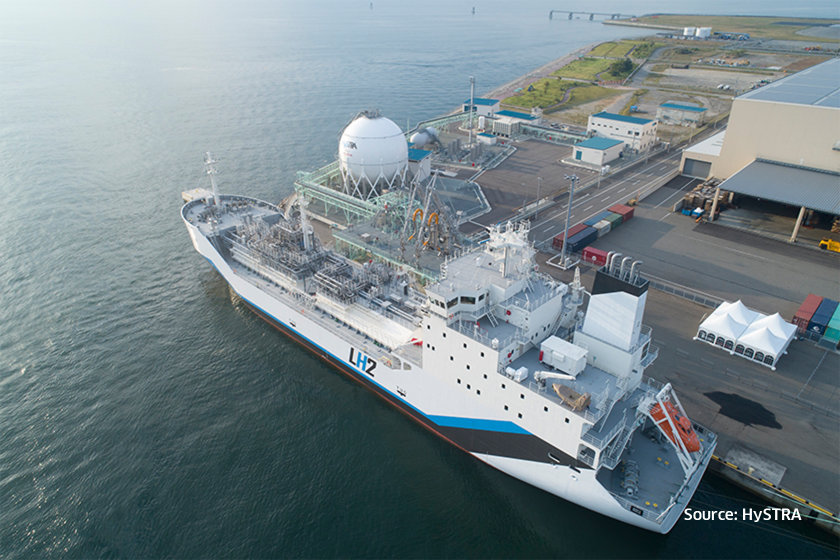What is Carbon Neutrality? Simple Definitions for Basic Environmental Terms by Kawasaki
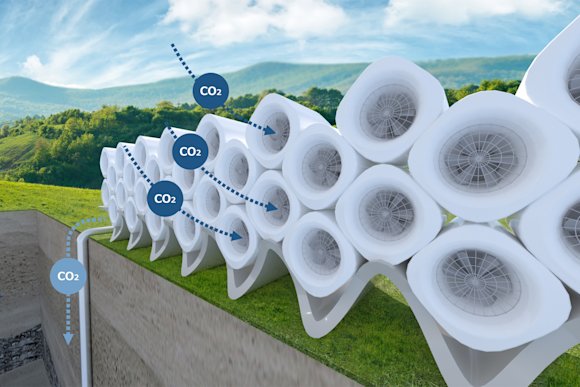
Greenhouse gases are the primary cause of global warming. Among them, carbon dioxide (CO2) contributes most to temperature rises and climate change, and affects us in many areas including natural disasters, food distribution, economic activities, and environmental ecosystems. Undoubtedly, reducing CO2 emissions is an urgent challenge for humankind. In October 2020, the government of Japan issued the 2050 Carbon Neutrality Declaration, and in consequence, the terms “carbon neutrality,” “carbon zero,” and “carbon offset” have become a part of our lexicon. However, not many people seem to understand their meaning or the differences between the terms. What is carbon neutrality? Why is it a necessity? What actions are taken by companies that strive to realize carbon neutrality? This article answers these questions from the perspective of a heavy industry manufacturer that has started tackling these issues.
What exactly is carbon neutrality?
As declared by the Japanese government, carbon neutrality means reducing greenhouse gas (GHG) emissions to net zero.*1
Note that the goal is not eliminating emissions to zero but achieving “net” zero. Each industrial sector has already taken actions to decrease CO2 emissions, including the introduction of renewable energy technologies, such as solar power generation, and the thorough implementation of energy-saving measures. However, reducing emissions down to zero is technically impossible. For this reason, many companies strive to absorb unavoidably generated CO2 to make it even, or to achieve net zero.
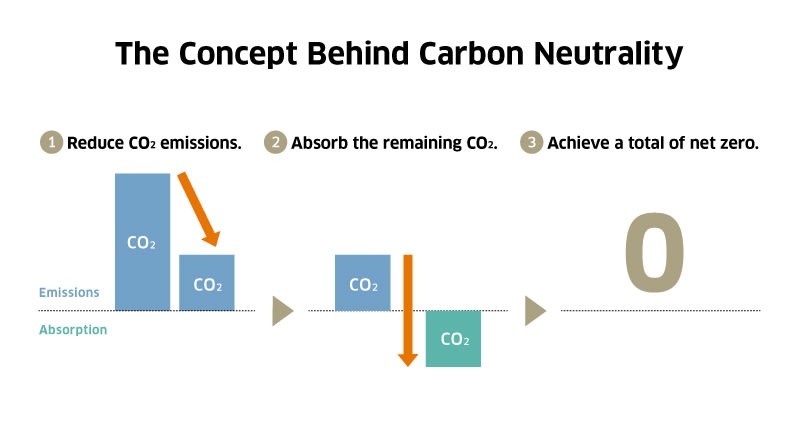
One solution to absorb CO2 is the carbon dioxide capture and storage (CCS) technology, which separates and collects CO2 in the exhaust gas from facilities, such as thermal power plants, and buries it underground. In fact, this process is already in practical use overseas and is being developed in Japan as well. Furthermore, the method to remove CO2 directly from the atmosphere, or direct air capture (DAC), has recently gained attention, and Kawasaki is advancing its use.*1 Another possible measure is planting trees to let the greenery absorb CO2 through photosynthesis.
As seen above, while actions to reduce CO2 emissions from the source are being put into place, the CO2 inevitably produced is absorbed by CCS technology, DAC technologies, and tree planting to suppress emissions to zero overall.
*1 A DAC plant that can absorb one million tons of CO2 per year is scheduled for construction in the United States. DAC is an approach that is said to achieve negative emissions, and is deemed more reliable than planting trees. The key to future popularization of CCS and DAC technologies is how to minimize the necessary energy to separate and capture CO2
Why does Japan seek carbon neutrality?
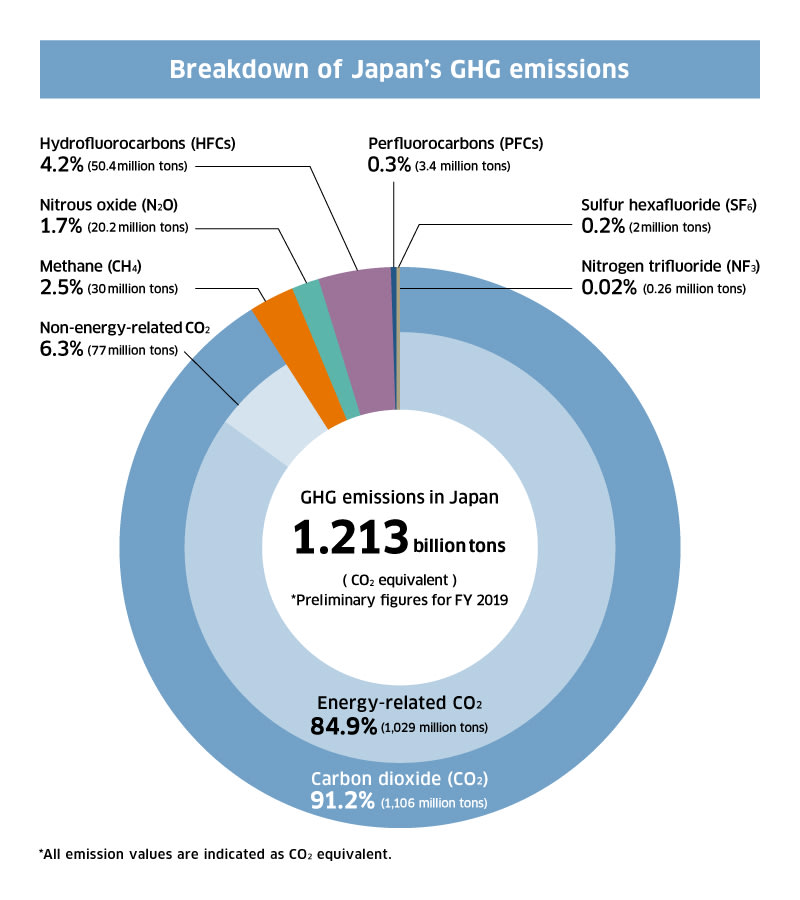
The term GHG is the collective name for gases that have a greenhouse effect, including methane, nitrous oxide, and CFCs, in addition to CO2, which accounts for more than 90% of overall emissions.
According to the Special Report on Global Warming of 1.5°C (SR15) released by the Intergovernmental Panel on Climate Change (IPCC) in 2018, the global average temperature in 2017 was approximately 1°C above preindustrial levels in 1750. If global warming increases at the same rate, the global environment will suffer significant damage due to extreme changes in climate.
Therefore, the Paris Agreement was adopted in 2015, and developed countries, including Japan, formulated GHG emission reduction targets for 2030. The SR15 states that carbon neutrality must be achieved worldwide in order to prevent a temperature rise exceeding 1.5°C by 2100.
In 2007, Japan had already set the goal of cutting GHG emissions by half by 2050. In response to the Paris Agreement, there was once an unofficial goal to reduce emissions by 80% in 2050 as compared to 2013, but the 2050 Carbon Neutrality Declaration was additionally released in 2020.
The world’s leading countries have also started to address carbon neutrality. Europe is developing regulation to determine the tax rate according to the CO2 emitted during the production process. China, the world’s largest emitter, announced their goal to reach net zero by 2060. The Biden administration of the United States established the objective to accomplish net-zero GHG emissions by 2050, and an Executive Order explicitly stated they would put the climate crisis at the center of their foreign policy and national security decision-making. The policy related to carbon neutrality thus moves the economies of many countries and creates a new market that involves infrastructure development and employment.
However, steps toward carbon neutrality are not easy. The Synthesis Report of the IPCC Sixth Assessment Report (AR6) “Climate Change 2023”, as published on March 20, 2023, states that the net global GHG emissions need to fall by 60% (the number for CO2 is 65%) below 2019 levels by 2035 in order to limit warming to 1.5°C. Since environmental change is happening faster than expected, the Secretary-General of the United Nations António Guterres commented that “the climate time bomb is ticking,” and called on developed countries to commit to reaching net-zero GHG emissions by 2040, which is 10 years earlier than originally planned.*2 It goes without saying that the situation is dire.
One-stop explanation of environmental terminology
You may have heard of many environmental terms similar to ones mentioned already, including carbon zero, net zero, carbon free, carbon offset, carbon negative, and zero emissions. This section will differentiate these terms.
One-stop explanation of environmental terminology
- Carbon zero
This term has the same meaning as carbon neutrality.
- Net zero
This term has the same meaning as carbon neutrality in terms of the goal of balancing emissions and absorption to reach zero in total. However, net zero is principally used in business contexts, and the range of GHG emissions covered is distinct from carbon neutrality. There are three net-zero targets: Scope 1 (direct GHG emissions through corporate operations), Scope 2 (indirect emissions associated with the generation of electricity and heat purchased for business), and Scope 3 (emissions by other parties involved, such as transportation and delivery of raw materials and the use and disposal of products). On the other hand, carbon neutrality only deals with Scopes 1 and 2.
In other words, net zero takes into account GHG emissions of your company as well as outside partners.
- Carbon free
This term became a focal point after Google posted a message in September of 2020 titled “Our third decade of climate action: Realizing a carbon-free future.”*3
While carbon neutrality means compensating emissions with collection to achieve zero, carbon free expresses the condition of no GHG emissions at all. If we take electricity as an example, carbon free would refer to a state in which it is 100 percent supplied by renewable energy, which Google has already achieved.
- Carbon offset
Carbon offset has a goal similar to carbon neutrality. However, the difference is the measure to cancel emissions that cannot be eliminated. In the case of a carbon offset, an entity purchases the reduced or absorbed GHG emissions achieved at another place or invests in activities to reduce or absorb emissions.
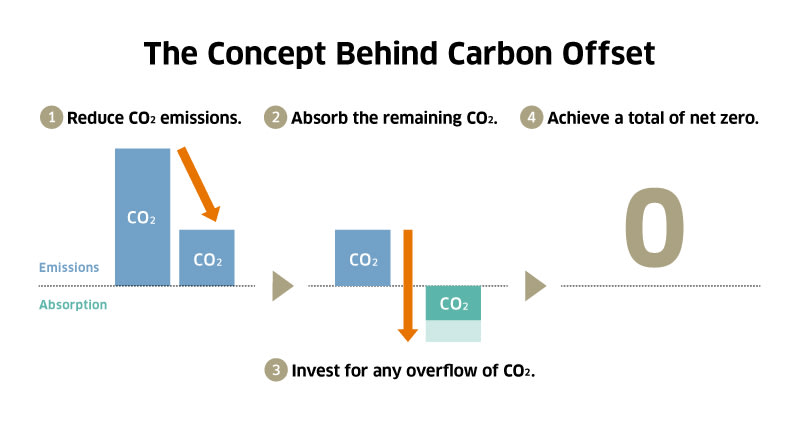
- Carbon negative
While carbon neutral indicates that emission and absorption levels are equal, carbon negative means absorption exceeds emissions.
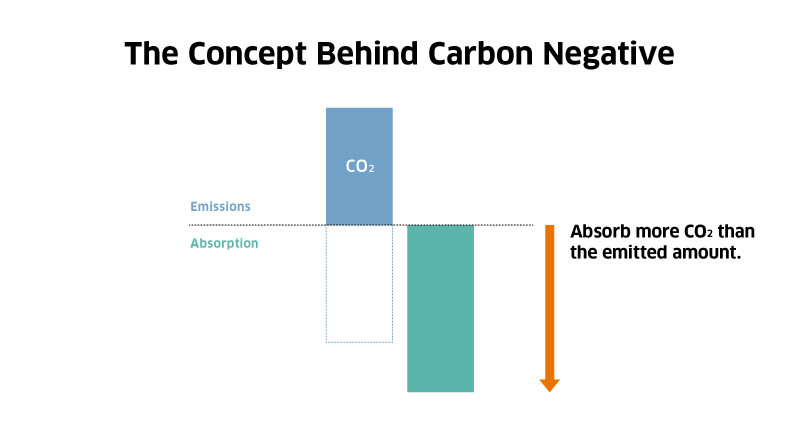
- Zero emissions
The zero emissions concept was advocated for by the United Nations University in 1994 to discharge no waste. Recently, the aim to release no GHSs is also called zero emissions by substituting waste for GHSs.
*3 https://blog.google/outreach-initiatives/sustainability/our-third-decade-climate-action-realizing-carbon-free-future/, accessed on April 3, 2023
Kawasaki’s activities to realize carbon neutrality
The 2050 Carbon Neutrality Declaration by the government of Japan mentions the use of hydrogen as a key strategy. Hydrogen is a carbon-free energy that can be used in a broad range of industries by combining renewable energy with water electrolysis and CO2 storage and reuse technologies.
Moreover, the Japanese government expressed its intent within the Basic Hydrogen Strategy to take the lead in setting global standards for clean hydrogen, as well as to clarify the transition to clean hydrogen. In response, Kawasaki now places greater emphasis on hydrogen applications than ever before. Kawasaki is advancing the development of hydrogen energy technologies for each process in the entire supply chain that consists of “production”, “transportation”, “storage”, and “utilization”, and is working to expand the use of hydrogen by developing a hydrogen supply network and hydrogen power generation system that does not generate CO2.
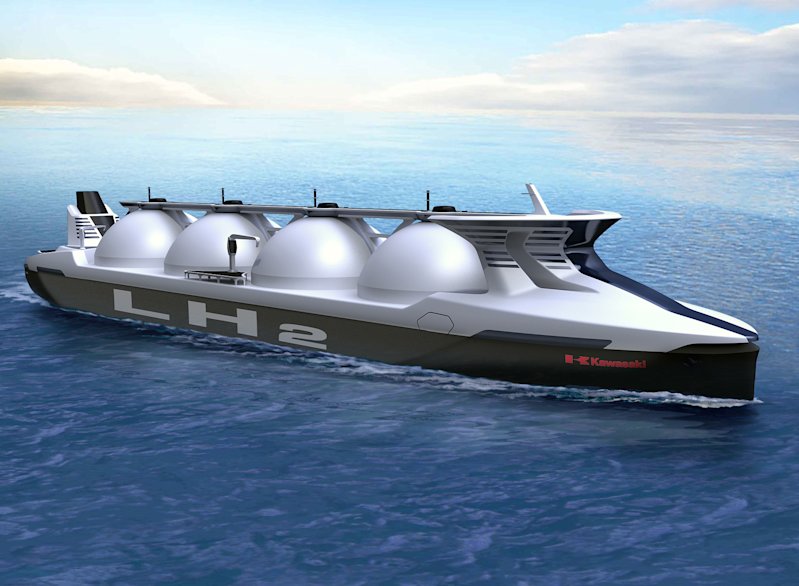
As an initiative for the future, Kawasaki is also working on the development of DAC technologies that directly extracts CO2 from the atmosphere. Kawasaki’s DAC features its original solid absorber that does not require high temperature heat for CO2 separation. To achieve this goal, what is essential is not only the techniques of the machine manufacturer, but also the collaboration between industry and academia, as well as the expertise of chemical companies.
The CO2 removal from exhaust gas called Kawasaki CO2 capture (KCC) uses solid absorbers specially developed for the purpose of allowing the separation and capture of CO2 with less energy. Kawasaki aims to realize carbon dioxide capture, utilization, and storage (CCUS) technologies, including trapping and reusing recovered CO2. A test facility has already been installed in a coal-fired power plant, and trials to separate and capture CO2 from actual flue gas have already started. In addition, a project in cooperation with a municipality has been launched for demonstration tests of CO2 separation and capture.

Kawasaki is focusing on hydrogen technologies as a measure to significantly reduce carbon emissions, while simultaneously implementing DAC and KCC to approach areas where hydrogen cannot substitute.
As Kawasaki transforms from being a “CO2 emitter” to a “CO2 absorber” and moves forward toward achieving carbon neutrality, we keep reminding ourselves that without serious efforts in the present, a better outcome cannot be achieved for future generations.
![]() Energy and Environment
Energy and Environment![]() Energy and Environment
Energy and Environment

